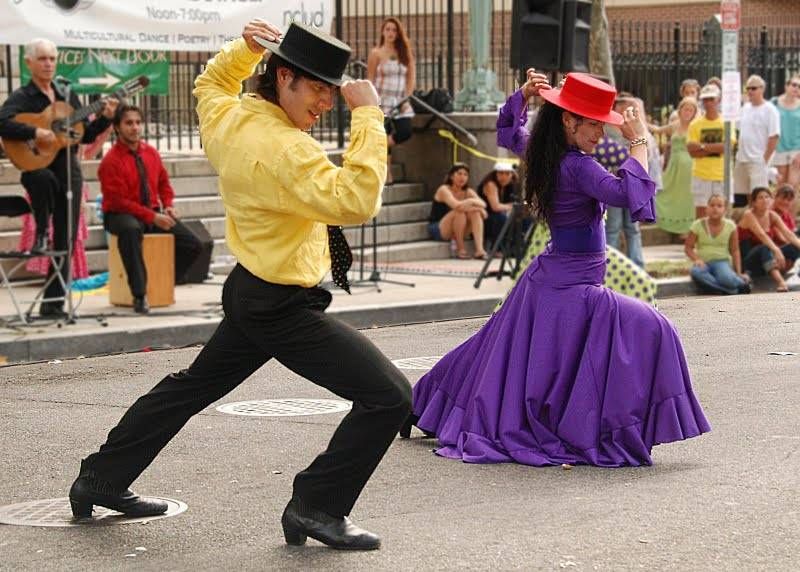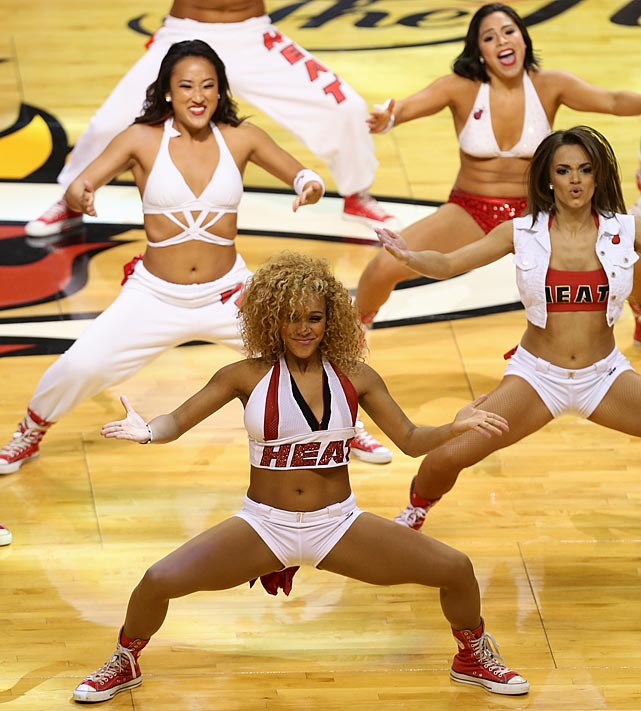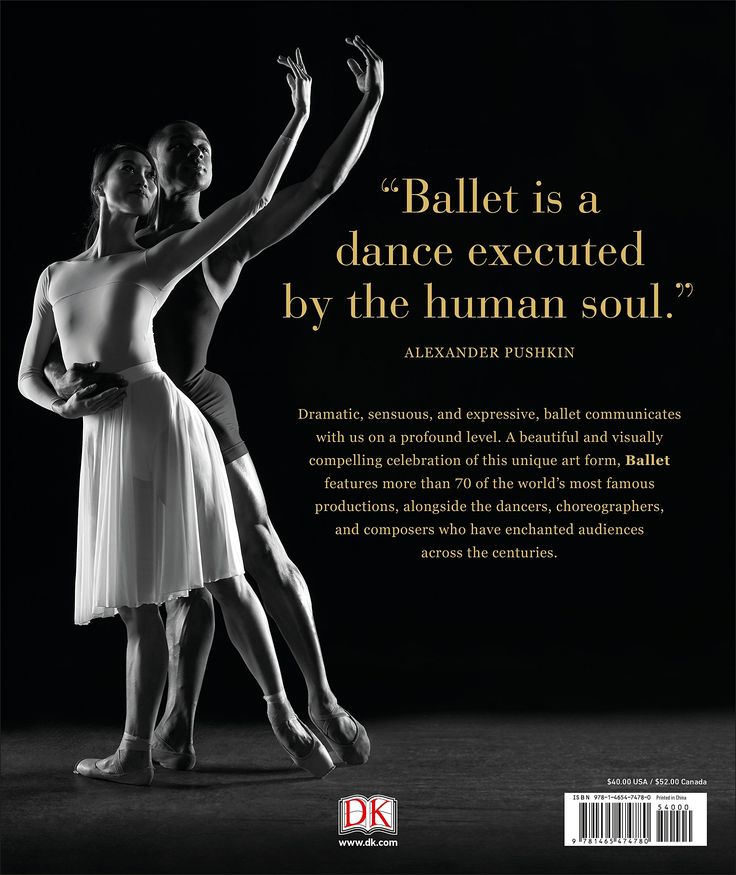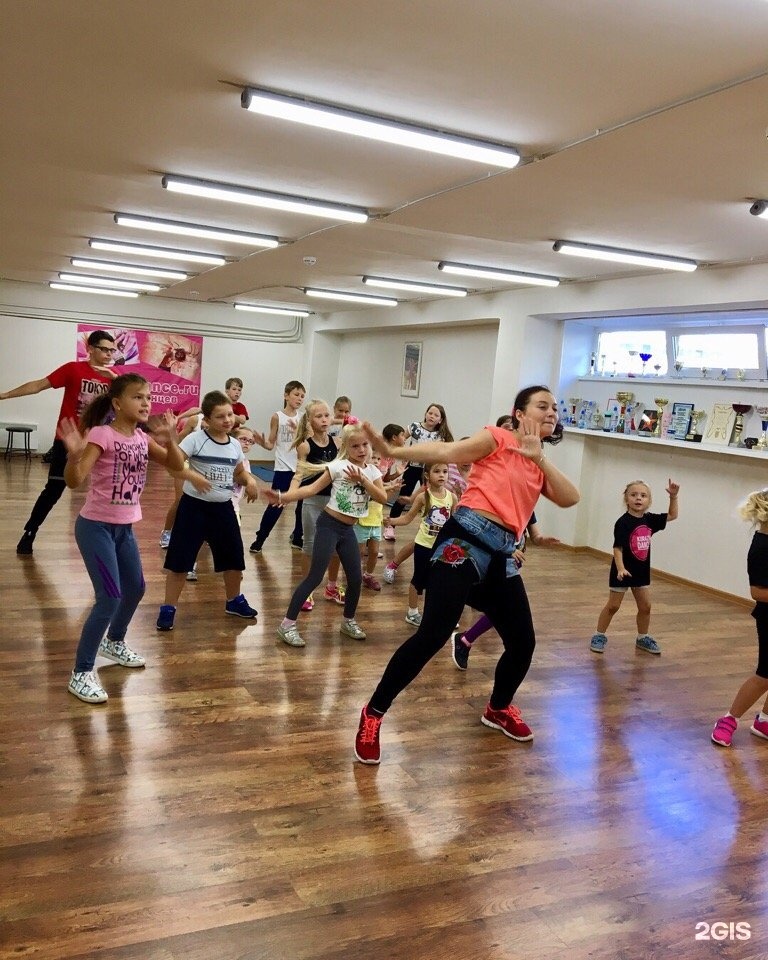How to dance kuduro
|
Inês Cordeiro Dias In Angola, the urban dance music kuduro has taken over the streets of the capital city of Luanda. The musical genre emerged during the 1990s, when the country was going through a brutal civil war, and the younger generations found in it a way to express war traumas and their daily life struggles. Kuduro became a popular form of artistic expression for Angolans, especially those living in the slums, to claim their space in the city, and to criticize society. Kuduro became so popular that the MPLA (Movimento Popular de Libertação de Angola or the People’s Movement for the Liberation of Angola), the ruling party since independence in 1975, adopted the genre for the party’s political campaigns. In this essay I want to demonstrate the political power of kuduro, and the ways in which Angolans use it to inscribe themselves in urban space and to claim visibility despite their marginalization from the powerful sectors of society. Musician Tony Amado claims for himself the invention of kuduro. He notes that the dance came before the music, putting dance in the forefront of this musical genre. In an interview Amado gave to Angolan national television (the TPA or Televisão Popular de Angola), when asked about the beginning of his singing career, he stated that he actually began dancing long before he became a singer. [3] Then, somehow contradicting himself, he noted that he began playing the piano and singing at the Maná Church. He later left the church and began choreographing other important Kizomba musicians, like Eduardo Paim, Ruca Van-Dunem, and Nelo Bastos [4]. In every interview with Tony Amado, as well as in most texts about kuduro, the fact that the dance came before the music is something constantly emphasized. In fact, it is not uncommon that the lyrics are hard to understand because of the loud beats and fast singing. Amado recounts that he came up with kuduro while watching a scene from the film Kickboxer (1989), when Jean Claude van Damme, a little drunk, dances at a bar in Thailand with movements that are stiff and somewhat clumsy [5]. Creating music to accompany the drunken movements of Van Damme’s character’s dance, Amado put together a driving electronic beat and some pared down lyrics over the track. While no cultural form has a single origin, and an insistence on the veracity of Amado’s story would be to underestimate how important fictional narratives are to cultural production [. . .]. In this story of the birth of kuduro, dance is automatically associated with fighting. [6] As Alisch and Siegert point out, Angolans rarely, if ever, represent themselves as victims, and they describe Angolan collective memory as one of heroes. [7] According to Tony Amado, the inspiration for kuduro is a typical Hollywood hero, who can beat many enemies with his extraordinary strength and fighting skills, just like Van Damme does in the dance scene from Kickboxer. In an interview, when asked if he saw kuduro as a genre dealing with war trauma, singer Diamondog replied ‘No, no, no, kuduro is a music of joy. To initiate some kind of meditation process . . . No that’s impossible with kuduro.’” [9] Dancing kuduro is indeed an exercise of joy, both for the performers and their audience, as we can see in the thousands of videos of people dancing kuduro on YouTube. I argue that it is in and through popular urban music, produced overwhelmingly in Luanda’s musseques, that Angolan men and women forged the nation and developed expectations about nationalism and political, economic, and cultural sovereignty. They did this through the social relations that developed around the production and consumption of music. [11] Young, urban Angolans invested their time, money, energy and talent in the music scene because they enjoyed it, and not only because it was an outlet for sorrow or oppression, although it was that too. [12] Moorman is focusing mostly on semba, another Angolan music genre that is at the origins of kuduro, and that was born in very similar conditions. The enjoyment of kuduro is central to its politics and to the music’s ability to engage entire communities in collective creativity. In her book Radical Happiness: Moments of Collective Joy, Lynne Segal explores the idea of happiness as a way of acting in the world that paves the way for social change. She expands on Hannah Arendt’s notion of “public happiness”: “By this, Arendt meant the opportunities created within any society for people to move outside of their personal concerns, whether happy or miserable, into conscious participation in public life and politics. In her view, it was here that people, whoever they were and wherever they lived, should be able to engage collectively in the affairs of the day. Kuduro is a collective dance, usually performed in the streets, where a group gathers in a circle, and one by one, each dancer comes to the center of the circle to perform their dance moves and impress the crowd. The participation is usually open to whoever wants to dance, and the audience also participates by clapping and cheering. According to António Tomás, after independence the circulation of music in Angola was controlled by the government through radio and television—both owned by the state. Only artists sanctioned by the state could circulate their music. It was with the rise of the Roque Santeiro market, the largest informal market in Luanda, that the circulation of kuduro became possible. This market supported the growth of the informal economy in Angola, which became the main driving force of the national economy in the mid-1980s. [15] Just like the economy, kuduro began in an informal way, created in improvised studios in the musseques, passed along among friends, or sold in these markets. I believe I have so far delineated some of the most important traits of kuduro—at least those that interest me in exploring kuduro as a political dance. Kuduro is a collective dance, born of the musseques and the informal economy, away from the control of the state, its dance moves embody the traumas of war, and it is a source of communal joy in the streets of Luanda. However, kuduro has its detractors as well, who believe that this is not really music nor is it bringing something new and positive to Angolan society. In the documentary Fogo no Museke, directed by Jorqe António in 2007, the ethnomusicologist Jorge de Macedo claims that kuduro is a negation of music because it maintains semba’s beat leaving the drums and the rhythmic guitar behind. It is true that lyrics are not the most important element of kuduro, and as Tony Amado and many other kuduristas have said, it is dance that is the most important element—and in this case, the most subversive one. In an interview for the Red Bull Music Academy, transsexual kudurista Titica emphasizes the importance of dance in kuduro: “Kuduro has a stronger dance connotation through dance and rhythm, kuduro is better able to portray our reality. In kuduro, we have freedom of expression. Kuduro has sugar, kuduro has salt. That’s why many of us sing abroad, even when people do not understand our language, they are joyful and dance with us. It’s the beat of kuduro.” [18] In fact, the dance of kuduro is in itself a language, and one that in this case speaks louder than words. In a country with a long history of censorship, both before and after independence, dance becomes an ideal vehicle to express the struggles of caluandas. To further develop my argument, I draw on Dana Mills’s book Dance and Politics: Moving Beyond Boundaries, in particular her strong and weak readings of political dance. She uses the term “’weak reading of political dance’ to refer to the use of dance to reiterate politics as articulated in words. This reading is termed ‘weak’ as it relies upon a different form of human expression to construct its logic; it cannot construct a world independently.” [20] On the other hand, the strong reading of political dance interprets dance as a system of signification that sees its interlocutors as equal to speaking beings who use words; consequently, dance is understood to be an independent system of signification that is enunciated and received without the need to be mediated by words. Bodies exploring their inner space unravel new possibilities for action through new symbolic configurations. I believe kuduro is a strong reading of political dance, as it is the dance that carries the political upheaval to the streets of Luanda. In his musical novel Também os brancos sabem dançar, Kalaf Epalanga [24] points out that the biggest musical phenomenon in Angola would not wait for television, radio, or any other official channel to reach its audiences, and therefore used “the only musical diffusion channel that is truly democratic: YouTube. One of the first and most important music videos of kuduro is for the song Comboio, [25] performed by Os Lambas. According to Kalaf Epalanga, this song marks a before and an after in music video production in Angola. Hochi Fu directed this video and defined kuduro’s visual esthetics. [26] Previous kuduro videos were filmed in the Luanda bay or in a nice discotheque, but Hochi Fu put kuduro back where it belonged: in the musseques, where no one else dared to film before. He shows Luanda “as it is: beautiful, ugly, and boiling with creativity”. [27] The video starts with a well-dressed man on his cellphone and by his car, at the entrance of Sambizanga (the biggest musseque in Luanda), asking something of two policemen. In her analysis of South African Gumboot dance, Dana Mills points out to the important role played by the clapping audiences as active participants of the dance, especially because it invites more people to join, thus creating a dialogue between dancers and the audience. [28] The same is true to kuduro, and those performing in the circle are always in dialogue with the audience clapping and moving in the circle. The title of the song can also point to that, since comboio means “train,” pointing to train line dancing. In this case, it is the lyrics that complement the language of the dance, not the dance that illustrates the lyrics. Another important music video by Os Lambas is Sobe. [29] The title means “up,” or “climb,” and the video includes images of dancers climbing the walls of an alley or even climbing each other. The images of dancers climbing buildings and other structures are ubiquitous in kuduro videos. The interview with Tony Amado, mentioned at the beginning of this essay, is mostly filmed on the rooftop of a building in Luanda, reinforcing the ownership of urban spaces with kuduro. Another frequent image is that of people dancing in the streets and stopping traffic. In the video for Eh Ewe, by Bruno M., [32] while Bruno sings in the sidewalk, a dancer performs in the middle of a street parallel to the main avenue, where lots of cars drive by in what appears to be rush hour. Do Mazanga, [33] by Vagabanda, like many other songs, begins with the singer shouting some watchwords before the music starts. In this case, the singer shouts “If by chance hope dies, we will resurrect it. Heaven and earth shall pass, but the word shall not pass.” In this case, words again come second to the dance. The singers sing from the rooftop of a building, filmed in a high angle shot, pointing again to their ownership of urban space, while on the dirt road below, in this case almost empty except for a guy calmly riding his bicycle, dancers perform in front of a car. In the video Da Mazanga, an expensive car is stopped with its doors wide open, while a group of dancers performs kuduro in front of it. The car still holds its promise of fastness, but it stops in order for the kuduristas to perform their moves. Dance, with its fast steps, is what actually moves the urban landscape. Kalaf Epalanga recalls an American journalist who interviewed him in Paris, and who insisted on asking him about the history of Angola: “I didn’t understand where he was trying to get with questions about MPLA, KGB, CIA, and UNITA. At the time I wanted to talk about music and not touch such subjects. From the peripheries came out an avalanche of producers whose purpose was not to have their music play in the radio or in the most popular discotheques of the time. The sound was too raw, too wild, and they had no intention to polish it and make it more accessible. This is probably why the ethnomusicologist Jorge de Macedo claims that kuduro is not music, because it was stripped of the melodic quality of semba to erupt and fill the streets of Luanda with that energetic beat that does not leave anyone indifferent. Macedo also points out the poor lyrics with no social message. However, there is no need for specific political references in a work of art for it to be political. [38] This is what gives kuduro the strong reading of political dance. In fact, if we take the word “political” to its etymological root, which is “affairs of the city,” describing the participation of the citizens in the life of the city, we can think of the political quality of kuduro when dancers take over the urban landscape with their dance moves. Luanda, with its extreme inequality and proliferation of slums, does not guarantee basic rights to most of its citizens. The dance moves mimic war traumas like starvation, amputated legs, and walking on crutches, crawling like in a battle-field or retreating while shooting. This last step, for instance, is called Kamorteiro, after an important general of UNITA. But kuduro dance moves also represent daily episodes, like fogareiro (“portable stove”), or sal (“salt”), as well as moves taken from traditional dances like ndombolo and kwasa kwasa. [39] However, another important quality of kuduro is enjoyment. Kuduro transforms hardships into pure joy when a group gets together to dance. In fact, the word kuduro, which literally means “hard ass,” also stands for “hardship” or “hard life” in Angolan slang. This “public happiness” brings together a community of people and creates a sense of belonging in a city that is usually hostile to its citizens. Kuduro ended up becoming so popular that it was adopted by the MPLA and used in its political campaigns. Kuduro embodies the recent history of Angola, not only in its trauma, but also in its subversive happiness, creating an alternative to the official history of the country. It also gives voice to the marginalized, who claim their space in the city with their dance moves on rooftops, in the middle of the roads, in the alleys of the musseques, in abandoned buildings, and in so many other urban spaces from which they were excluded. Inês Cordeiro Dias has been a Lecturer of Portuguese at the University of Leeds since September 2020. Before that, she was an Assistant Professor in the World Languages and Literature Department at Spelman College (in Atlanta). Inês has a Ph.D. in Hispanic Languages and Literature from the University of California, Los Angeles, where she also taught Portuguese and Spanish. Before entering graduate school, she was a Camões Institute Lecturer at the University of Puerto Rico in Río Piedras, and she has a B.A. and an M.A. from the University of Lisbon, Faculty of Letters. Inês Cordeiro Dias’s research focuses on how politics and film interact in Portuguese-speaking countries, in particular in Portugal, Brazil, Mozambique and Angola. She is currently finishing her book on the relationships between film and politics in these countries, between the 1950s and 1980s, and how the beginning of a dictatorship, in the case of Brazil, or the end of a dictatorship, in the case of Portugal, Angola and Mozambique, shaped political cinema in the 1960s and ‘70s. Notes [1] In “Life in Luanda: the world’s most expensive city, divided by oil–in pictures,” The Guardian (Accessed July 17, 2017). https://www.theguardian.com/cities/gallery/2017/jul/07/luanda-angola-expensive-city-divided-oil-in-pictures [2] Ibid. [3] The interview is on Youtube. It’s undated, but it was created a few years after 1996, since there are some photographers from 1996 that show Tony Amado and his dance group Los Mutchatchos practicing kuduro, a few years before the interview. [4] Kizomba is an Angolan musical style that is usually danced in pairs. According to Marissa Moorman, “the style of dance and the music evolved in the 1980s and was influenced by the sound of zouk music from the Caribbean, and particularly by the band Kassav.” Marissa Moorman, Intonations: A Social History of Music and Nation in Luanda, Angola, from 1945 to Recent Times (Athens: Ohio University Press, 2008), p.235. [5] The scene from the movie can be seen here: https://www.youtube.com/watch?v=CE8XKeN0zk4&t=98s (Accessed April 15, 2020). [6] Hershini Young, “‘Sound of Kuduro Knocking at My Door’: Kuduro Dance and the Poetics of Debility,” African American Review, vol. 45, no. 3, (2012), pp. 391–402. [7] Stefanie Alisch and Nadine Siegert, “Grooving on Broken: Dancing War Trauma in Angolan Kuduro,” Art and Trauma in Africa: Representations of Reconciliation in Music, Visual Arts, Literature and Film, edited by Lizelle Bisschoff and Stefanie Van de Peer, (London: I. [8] Ibid., p.56. [9] Ibid., p.63. [10] Angolanidade is the Portuguese word that describes Angolan identity, what it means to be Angolan. [11] Moorman, p.2. [12] Ibid., p.8, my emphasis. [13] Ibid., p.3. [14] Lynne Segal. Radical Happiness: Moments of Collective Joy. (London: Verso Books, 2018), p.xiv. [15] António Tomás, “Becoming Famous: Kuduro, Politics and the Performance of Social Visibility,” Critical Interventions, vol. 8, no. 2, (2014), pp. 261–275. [16] Ibid., p.267. [17] https://www.youtube.com/watch?v=dJ16qVd-sX4 [18] https://www.youtube.com/watch?v=iNuoBKNMpBY [19] Caluandas are the inhabitants of Luanda. [20] Dana Mills, Dance and Politics: Moving Beyond Boundaries. (Manchester: Manchester University Press, 2017), p.14. [21] In Kalaf Epalanga, Também os brancos sabem dançar: um romance musical. (Alfragide: Caminho, 2018), p. [22] https://www.youtube.com/watch?v=PV9BP8Xf6Ss [23] https://www.youtube.com/watch?v=ek5d2ubXKIQ [24] Kalaf Epalanga is not only a writer, but also one of the lead singers of the Portuguese kuduro band Buraka Som Sistema, which gained international recognition and collaborated with artists like M.I.A. and Diplo. His musical novel Também os brancos sabem dançar (White People Can Dance Too) tells the story of kuduro and of his band. [25] https://www.youtube.com/watch?v=iyLe5da1t0Q [26] Epalanga, p. 61-62. [27] Ibid., p.62. [28] Mills, p. 72. [29] https://www.youtube.com/watch?v=RQW1sSppdGM [30] Marissa Moorman, “Anatomy of Kuduro: Articulating the Angolan Body Politic After the War,” African Studies Review, vol. 57, no. 3 (2014), pp. 21–40. [31] Ibid., p.23. [32] https://www.youtube.com/watch?v=iTRFz9olFUE [33] https://www.youtube.com/watch?v=-Q-fzqg69pk [34] Kristin Ross, Fast Cars, Clean Bodies: Decolonization and the Reordering of French Culture (Cambridge: MIT Press, 1996), p. [35] https://www.youtube.com/watch?v=dBDBY_1bK08 [36] Epalanga, p.110, my translation. [37] Mills, p.81. [38] Ibid., p.77. [39] For some examples of kuduro dance moves: https://www.youtube.com/watch?v=ADOlH6a6YQA [40] José Eduardo dos Santos was the President of Angola from 1979 to 2017; as a President, he favored his children in business affairs, especially his daughter Isabel Eduardo dos Santos; his son Coréon Dú became one of the most important kuduro producers. [41] Mills, p.78. |
The Cultural Impact of "Danza Kuduro."
This post originally appeared on my blog in 2017. But with the growing influence of Latin artists like Bad Bunny and Maluma, it is as good a time as any to revisit the 2010 breakout single.
Pharrell was featured on a song by Colombian Reggaeton artist J. Balvin. The song, “Safari” is produced entirely by the Virginia native and has him singing in Spanish.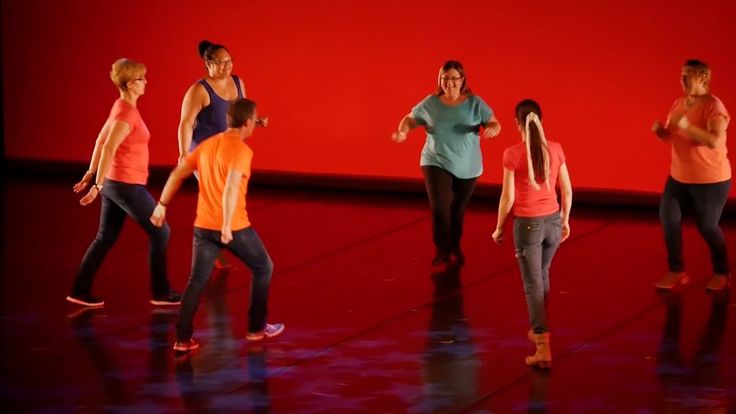 Unfortunately, Pharrell’s verse isn’t long enough for me to properly assess his fluency in my mother tongue (he does sound better than Kendrick though). Despite that, the verse-and song- serve as an interesting artifact for Spanish language music in popular culture.
Unfortunately, Pharrell’s verse isn’t long enough for me to properly assess his fluency in my mother tongue (he does sound better than Kendrick though). Despite that, the verse-and song- serve as an interesting artifact for Spanish language music in popular culture.
It used to be Latin artists had to enter the US market to be considered a success. During the so-called “Latin Invasion” of the late 1990s and 2000s, we saw established Latin Pop icons release English language albums to cater to an English-speaking audience. One of the first notable examples was Ricky Martin, who released his self-titled English debut in 1999. Others, like Enrique Iglesias, Shakira, and Marc Anthony quickly followed suit.
How did we get to this point? How did we go from Ricky Martin livin la vida en ingles to the likes of Nicky Jam, Romeo Santos, and Ariel Camacho having regular U.S. chart-toppers in Spanish? If we’re to pinpoint a time when Latin music became a part of popular culture, we have to look back to 2010 and begin not in the U.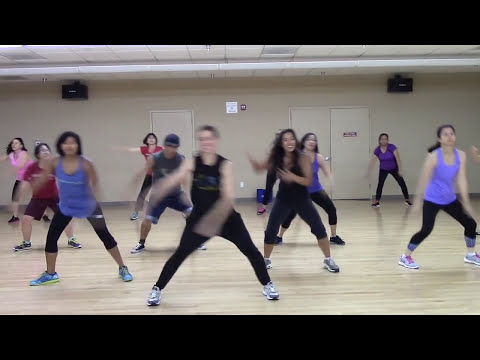 S. nor the Americas, but in France with a rapper/singer named Lucenzo.
S. nor the Americas, but in France with a rapper/singer named Lucenzo.
In 2008, Lucenzo released his first single, “Emigrante del Mundo.” The song was a radio hit in Portugal. But his next single, “Vem Dançar Kuduro” would be an even bigger hit and put him on the trajectory towards international stardom. For the uninitiated, “kuduro” is an African dance style, popularized in Angola during the 1970s and 1980s. For over 400 years, Angola was a Portuguese colony. As such, the official language of Angola is and was Portuguese. Therefore, “kuduro”, In Angolan-Portuguese, ” means “cu duro” or hard-ass.
Yes. Kuduro is essentially twerking in Portuguese.
Sometime after the song’s release in January of 2010, word came to Lucenzo’s camp that reggaeton star Don Omar wanted to make his own version. Big Ali, an American DJ based in France who appears in “Vem Dançar Kuduro” told me; “After the success of the song, millions of views, or whatever, Lu’s manager called me and said ‘I think Don Omar wants to do a record.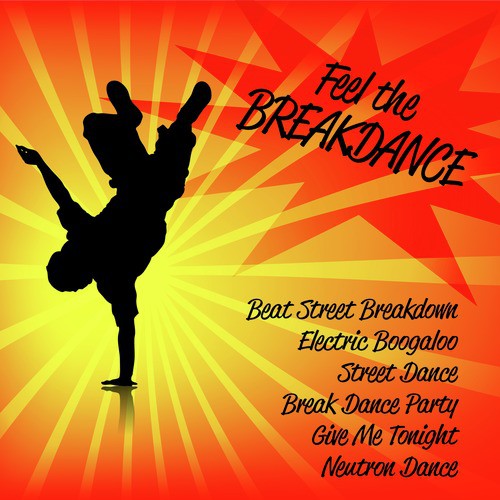 ..would it be okay?’ And I was like well shit, it’s Don Omar. If he wants to make a record, let him make the record. Go in!”
..would it be okay?’ And I was like well shit, it’s Don Omar. If he wants to make a record, let him make the record. Go in!”
The Don Omar version, titled “Danza Kuduro” featured Lucenzo and came out in the summer of 2010. The video amassed millions of views within days of release and would go on to become the smash single of 2010. The song earned Don Omar his second US Billboard Hot Latin hit and Lucenzo his first. Most famously, it also appeared on the Fast Five soundtrack.
While it’s been ten years since it’s release, “Danza Kuduro” is still heard at clubs, bars, and weddings around the country. What’s fascinating is the song isn’t even in English. Lucenzo and Don Omar sing in Portuguese and Spanish respectively. To date, the song has garnered over 1 billion views on YouTube, easily placing it among the top 100 songs on YouTube, ever.
So what made this song so popular in the United States?
An obvious answer is the Spanish language. It’s no secret that Spanish is one of the most spoken languages in the United States. According to the Instituto de Cervantes, there are 41MM native Spanish speakers in the US plus an additional 11.6MM who are bilingual. Numbers estimate that by 2050, there will be 138MM hispanohablantes in the US. This means yup, the USA will become the biggest English speaking AND biggest Spanish speaking country in the world.
According to the Instituto de Cervantes, there are 41MM native Spanish speakers in the US plus an additional 11.6MM who are bilingual. Numbers estimate that by 2050, there will be 138MM hispanohablantes in the US. This means yup, the USA will become the biggest English speaking AND biggest Spanish speaking country in the world.
But what about Portuguese? I can’t tell you how many of my friends have been surprised to learn Lucenzo’s verse isn’t in Spanish but in his native Portuguese. Now, the number of Portuguese speakers in the United States is small. Figures estimate that there are less than 1MM speakers in the country. Yet what they lack in numbers they more than make up for with strong social connections.
There are sizable communities of Portuguese-Americans across the United States, with pockets of concentration in Massachusetts, New Jersey, Florida, and my home state of California. Growing up in Modesto, I remember learning Portuguese words as a kid, which came especially handy when calling for the ball in soccer games. Carolina Matos of the Portuguese-American Journal says there are over 400 cultural associations for the Luso-American community.
Carolina Matos of the Portuguese-American Journal says there are over 400 cultural associations for the Luso-American community.
These communities are very closely knit and proud of their heritage. If we look at the Google Search Trends from the time of the song’s release in 2010, we see the majority of interest come from metros with strong Portuguese Communities.
For a song with over 1 billion views, it’s interesting to see the majority of hits coming from smaller cities like Providence and the Fresno/Visalia area. Both have very strong Luso-American communities.
For the Portuguese community at home and especially abroad, “Danza Kuduro” was almost an unofficial theme song. Big Ali said, “the whole country (of Portugal) made the world pay attention to it. They finally had something they say was their own, and it was beautiful to see the whole world behind it.”
The song’s success was also key in rallying together a community that is dispersed around the world.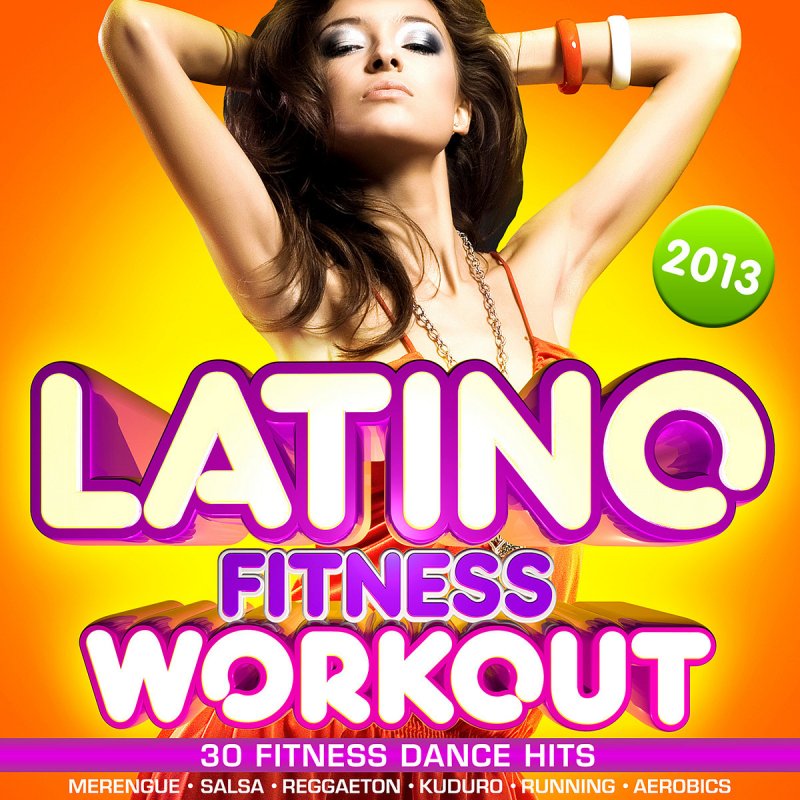 Portugal has the largest emigration rate in the European Union. If you want to find Portuguese culture, then you should look outside of Portugal, like France, Switzerland, or the United States.
Portugal has the largest emigration rate in the European Union. If you want to find Portuguese culture, then you should look outside of Portugal, like France, Switzerland, or the United States.
(It’s almost poetic, that Lucenzo was born in France to Portuguese parents and he’s the one helping spread the Portuguese culture.)
The large number of U.S. Hispanics and the tight-knit bonds of the Portuguese American community helped Danza Kuduro become a hit in the United States.
When you break it down, “Danza Kuduro” is about a French singer, rapping in Portuguese about an African dance move with a Latin American pop star who sings in Spanish. The song, and video, is an amalgamation of languages, cultures, and histories. It’s almost the perfect metaphor for Latin culture-at-large, be it Latin European or Latin American. It’s especially of significance for the Portuguese community around the world. By studying the complex cultural layers of the song, we can begin to understand why it was such a global phenomenon and an important cultural touchstone for Latin Music in the USA.
This combination of ideas and languages is akin to the Latino’s forebears, the Romans. The Roman Empire was a melting pot of cultures from around the Mediterranean and Africa. Yet what made people Roman wasn't so much the “race” as much as it was the common culture and language. As Anthony Everitt said in The Rise of Rome;
“…the Romans had no concept of racial purity and, just as they had welcomed conquered states into partnerships with then since the days of Romulus, so they invited individuals whom they had oppressed and degraded to join them as collaborators in their imperial project. Over time, Rome became the most culturally diverse of cities and its population mirrored the ethnic composition of its growing empire.”
One of the last frontiers conquered by Rome was the island of Britain. Julius Caesar invaded the isles in 55 and 54 BC and centuries later, Emperor Claudius returned to Britain with four legions, establishing the Provincia Britannia.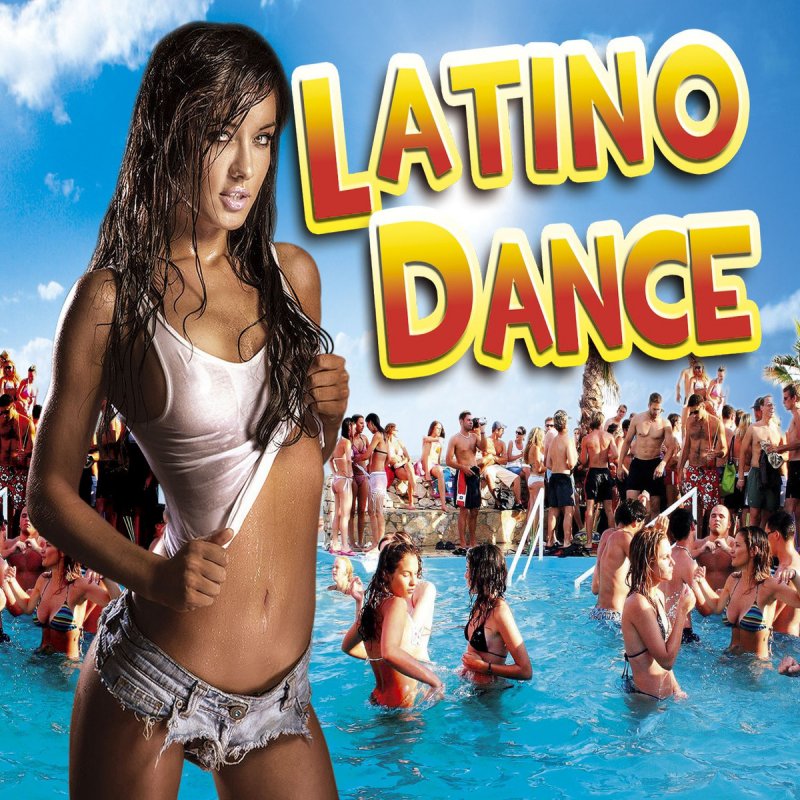
The conquering of Britain pushed the limits of the Roman Empire. Similarly, the “conquest” of English-America by “Danza Kuduro” increased the prominence of Latin and Spanish language music. It was no longer required that English be the lingua franca of success in music. And in a way, Don Omar and Lucenzo's hit is partly responsible for why Pharrell, an icon of American music, is now singing in Spanish.
As J. Balvin told THE FADER, he wants mainstream artists to “accept Latino artists as equals, without having to sing in English.”
Seems like the mainstream already is.
Afro-house dance school.
The combination of traditional rhythms of Africa and modern electronic music of Europe - this is Afro-house. There is also a dance of the same name performed to this music. We will talk about him.
Historical footnote
The second name of this musical and dance direction is kuduro (or kuduru).
Afro-house owes its appearance to the capital of Angola - Luanda in the 1980s. Popular at the time club music cleverly intertwined with traditional African motifs, captivating the youth of South Africa with their rhythms. nine0003
Popular at the time club music cleverly intertwined with traditional African motifs, captivating the youth of South Africa with their rhythms. nine0003
An incendiary dance quickly began its march outside the country, and then the continent. The former Portuguese colonies and Portugal were the first to "fall" under his onslaught. It has become difficult to imagine parties in clubs without kuduro dancing. It was the Portuguese musical group "Buraka Som Sistema", formed in 2006, that became the springboard of Afro-house to the big world: the international arena was conquered by kuduro with their light filing.
One cannot but be surprised by the fact that a dance that is so young by the standards of history, originating in a small country with an unstable political situation, has become so famous and widespread. nine0003
Features
Hip-hop and electronica mixed with African rhythm. Can you imagine the melody? If yes, then you have a good imagination and it will not be difficult for you to imagine a dance either. To make it easier for you, I can provide the following fact: Afro house has similar notes to kizomba and semba.
To make it easier for you, I can provide the following fact: Afro house has similar notes to kizomba and semba.
Modern house movements and elements of ancient African tribal dances mix in the most bizarre way, giving birth to something new and unique. But as they say, it is better to see once than to hear 7 times. nine0003
It can only be said unequivocally that kuduro are invigorating motives that liberate the body and make the blood in the veins run faster. There is no place for stiffness and tension. What is there a place for? Fun and relaxation!
Benefits
Why sign up for an Afro-house class?
- This is a very original dance. Many people you know can dance salsa, tango or breakdance, but how many people do you know who do kuduro?
- An energetic pastime that makes your whole body tone up. It's like being in the gym for hours, only much more interesting. nine0028
- Although kuduru is a solo dance, it is quite social: it is easily performed in a group.

- The main advantage is an inexhaustible abundance of positive, powerful energy emanating from Afro-house.
What to wear to training
Even in the clothes you can see the individuality of this trend. Unlike most of the dances taught by the Salsa Social school, kuduru implies that girls do not wear dresses or skirts. Pants, shorts, leggings would be more appropriate. Yes, and heels here will be superfluous: choose comfortable shoes like sneakers, sneakers. For men, everything remains standard: T-shirts, comfortable trousers. nine0003
AFRO FEM at the dance school "Salsa Social"
AFRO FEM is a female direction in African dance styles, aimed at the liberation of female energy and the development of plasticity.
Afro fem is a juicy Afro Fusion cocktail (a mix of African styles) in a feminine guise. Through this style, you can express all the versatility of your personality. Be it gentle lyrical feelings or vibrations of a strong and independent woman.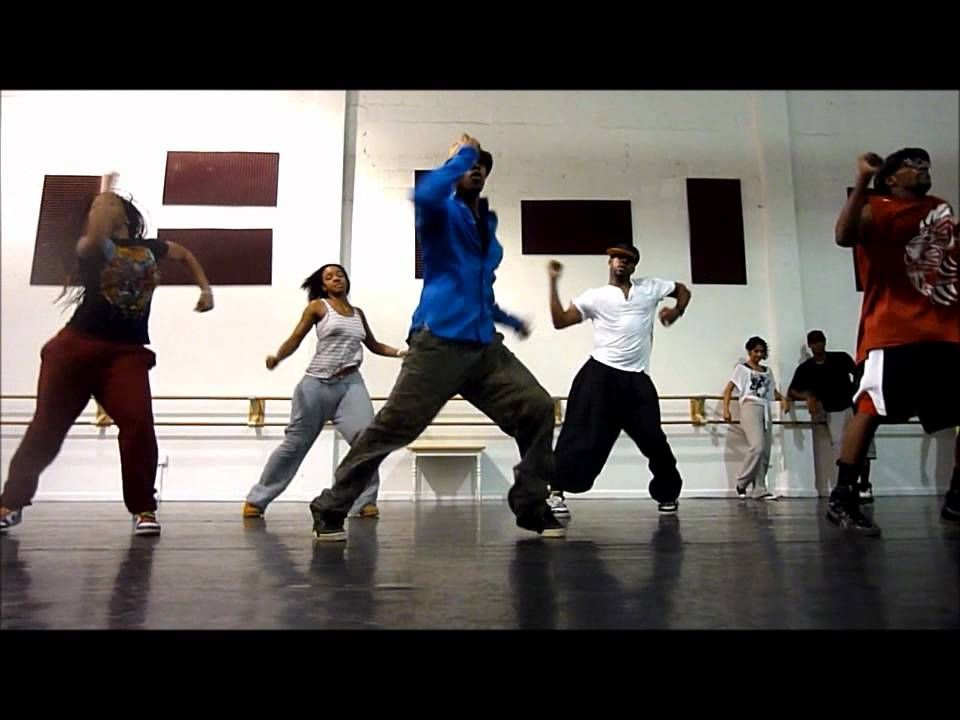
At Afro Fem classes, you will learn basic steps, develop flexibility and plasticity of the body, study choreographies, the basics of techniques for liberating female energy. nine0003
In St. Petersburg, the Salsa Social dance school specializes in many directions and styles.
You will receive from us:
- A reliable staff of professionals aimed at the successful development of the program by students.
- Studio in the city center.
- Great choice of time frames: it will be easy to adjust to the class schedule.
- Take advantage of a modestly priced trial class to evaluate the destination and the studio. nine0028
- A special training system will speed up the process of mastering the skill.
- We will help you not just learn the movements, but immerse yourself in African culture.
- We also take care of the practical side: we have equipped halls, showers, changing rooms and water dispensers.
If in doubt about the choice or if you have any questions, write or call us! We are also waiting for you to visit our studio.
How to dress better
Lyrics Don Omar
[2x:]
[2x:]
La mano arriba!
Hands up!
Cintura sola,
Show your waist,
Da media vuelta,
Turn around,
Danza kuduro!
Dance kuduro!
No te canses ahora,
And don't think to be tired now,
Que esto sólo empieza.
After all, this is only the beginning.
Mueve la cabeza,
Shake your head,
Danza kuduro!
Dance kuduro!
Bailando me robo la atencion
Dancing, she captured my attention
Desde el momento en que la vi (let's go!)
From the moment I saw her. (Go!)
Una nena latina muy fina (go go go!)
Gorgeous Latino girl (come on, come on, come on!),
De esas que me gustan a mi.
Just the kind I like.
Hay es puro veneno,
She is pure poison,
Cuando lo mueve ella es
When she moves,
Como un trueno va
She is like an explosion.
Ganandome con su bella danza.
Charms me with her beautiful dance.
Sin jugar yo le dije asi.
So let's get out of here as soon as possible.
Nadie en la pista se ve cansao
Nobody on the dance floor is tired,
Lleno de energia acelerao.
Everyone is full of stupid energy.
Kuduro, morena, conmigo te pegas
Dark-skinned girl, you dance kuduro with me
First one, then the other.
[2x:]
[2x:]
La mano arriba!
Hands up!
Cintura sola,
Show your waist,
Da media vuelta,
Turn around,
Danza kuduro!
Dance kuduro!
No te canses ahora,
And don't think to be tired now,
Que esto sólo empieza.
After all, this is only the beginning.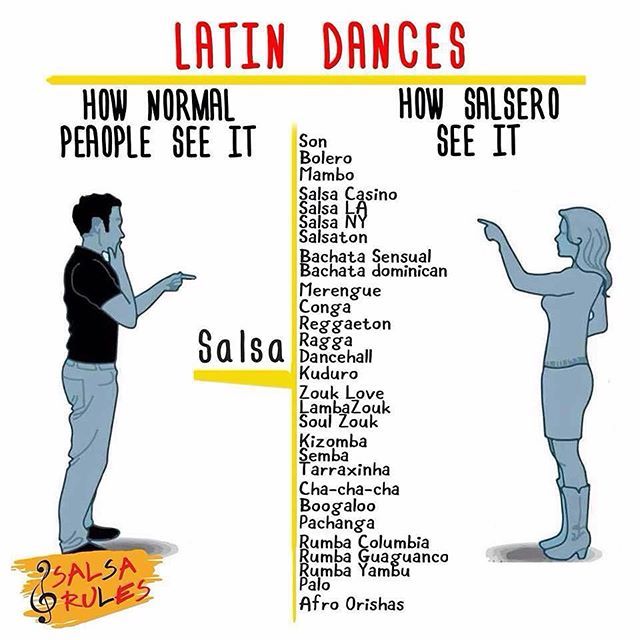
Mueve la cabeza,
Shake your head,
Danza kuduro!
Dance kuduro!
Oi oi oi oi oi oi oi!
Oh, oh, oh, oh, oh, oh!
Vem para quebrar kuduro,
Let's break into this dance,
vamos dançar kuduro!
Let's dance kuduro!
Oi, oi, oi, oi, oi, oi, oi...
Oh, oh, oh, oh, oh, oh, oh, oh... blonde,
vem balançar kuduro
Dance kuduro!
Oi, oi, oi...
Oh, oh, oh...
Quero darte un bezo,
I want to kiss you.
Feel your sweetness.
Ven conmigo a danzar! nine0003
Come dance with me!
Sentir o tu curpo
I want to hug your body
Y abrazar de nuvo.
Again and again.
Quero que tu vayas a danzar.
I want you to dance.
Ella Conoce Una Danza
She knows the dance,
Que Yo No Conozco,
of which I do not know,
Pero Como Quiera
But, like she,
Quiero Bailarla,
I want to dance him
Caminando en la arena
On the sand
Por la playa serena.
This quiet beach.
Arrio todo para conquistarla,
I will do everything to win her,
Que se olvide la pena.
So that she forgets all her worries.
Mami, deja el estres,
Baby, relax,
Que donde baila uno
Because where one dances,
Pueden bailar tres,
Three can dance,
Hasta diez.
And even ten,
Que te crees?
Do you agree?
Bailemos kuduro al derecho, al reves,
Dancing kuduro, right and back,
Rapido, lento,
Slow and fast,
Suave tambien duro.
Smooth and sharp.
Bailemos kuduro
You and I in the dark
Tu y yo en lo obscure.
We dance kuduro.
Y dices lento, lento.
You whisper something softly. nine0003
Rapido seguro
Fast and confident
Bailemos kuduro
You and me in the dark
Tu y yo en lo obscuro.
We dance kuduro.
Mama!
Mom!
[2x:]
[2x:]
La mano arriba!
Hands up!
Cintura sola,
Show your waist,
Da media vuelta,
Turn around,
Danza kuduro!
Dance kuduro!
No te canses ahora,
And don't think to be tired now,
Que esto sólo empieza.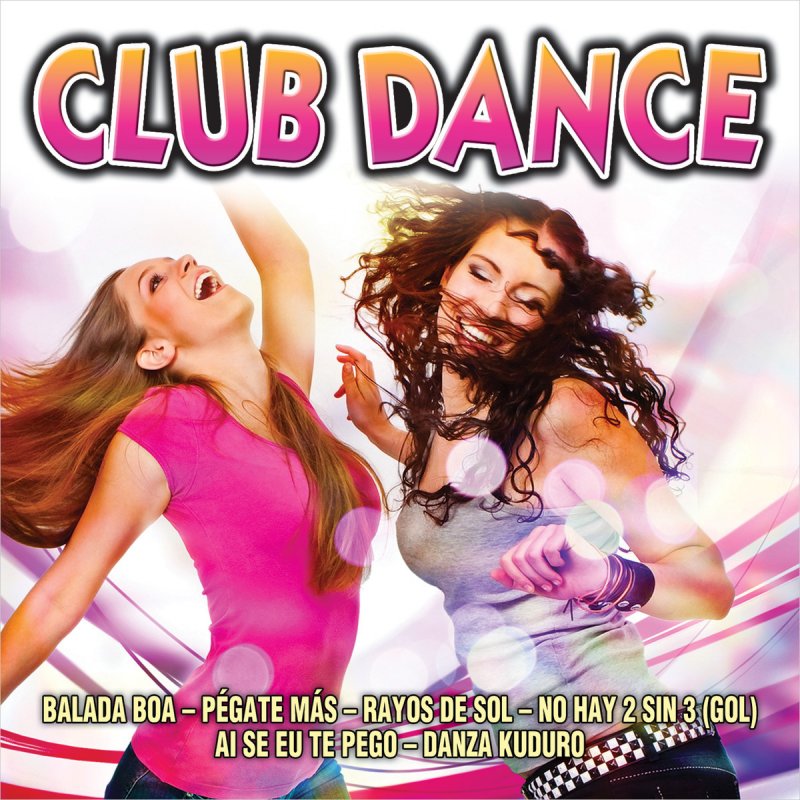
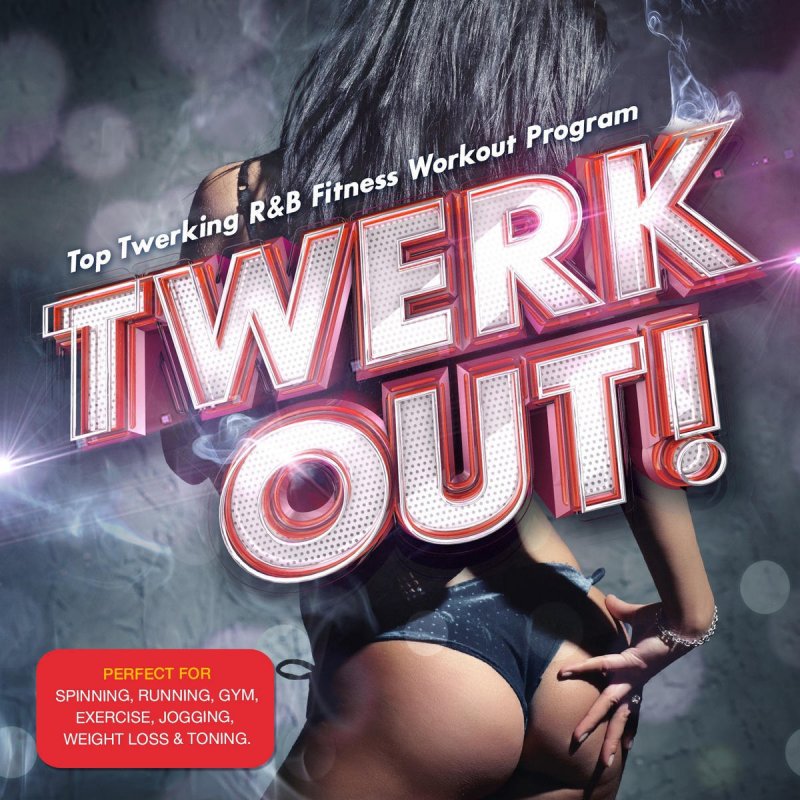
 In this scene, Van Damme suddenly replaces his dance moves with fight movements when a group of fighters attacks him. As Hershini Young points out,
In this scene, Van Damme suddenly replaces his dance moves with fight movements when a group of fighters attacks him. As Hershini Young points out, A number of authors, including Hershini Young, Stefanie Alisch and Nadien Siegert, have pointed out that dance moves embody war traumas: “graphic theatrical movements such as crawling in the ground as if in a battle, dancing on the thighs as if the legs were amputated, dancing with legs turned in as if on crutches, dancing on crutches with missing limbs, slapping themselves in the face and falling flat on the ground as if shot, or mimicking media images of ‘starved Africans.’” [8] However, while dancers embody these images they refuse the status of victims while doing so. Their dance is powerful and engaging, and those watching the performances can only admire the prowess of their moves.
A number of authors, including Hershini Young, Stefanie Alisch and Nadien Siegert, have pointed out that dance moves embody war traumas: “graphic theatrical movements such as crawling in the ground as if in a battle, dancing on the thighs as if the legs were amputated, dancing with legs turned in as if on crutches, dancing on crutches with missing limbs, slapping themselves in the face and falling flat on the ground as if shot, or mimicking media images of ‘starved Africans.’” [8] However, while dancers embody these images they refuse the status of victims while doing so. Their dance is powerful and engaging, and those watching the performances can only admire the prowess of their moves. Historically, music has always been a source of joy for Angolans, and an inherent part of angolanidade, as Marissa Moorman demonstrates in her book Intonations, where she delves into the importance of music during the war of liberation: [10]
Historically, music has always been a source of joy for Angolans, and an inherent part of angolanidade, as Marissa Moorman demonstrates in her book Intonations, where she delves into the importance of music during the war of liberation: [10] Her argument focuses on the importance of semba as a major cultural phenomenon that “created an experience of cultural sovereignty that served as a template for independence.” [13] After independence, music was co-opted by party politics until the 1990s, when a new genre of music appeared in the musseques to depict the daily struggles of Angolans in the context of civil war.
Her argument focuses on the importance of semba as a major cultural phenomenon that “created an experience of cultural sovereignty that served as a template for independence.” [13] After independence, music was co-opted by party politics until the 1990s, when a new genre of music appeared in the musseques to depict the daily struggles of Angolans in the context of civil war. ” [14]
” [14] The candongueiros, the vans that work as the major public transportation in the city, also became a major site for the propagation of kuduro in the city. According to Tomás, “the emergence of kuduro was an integral part of reconfiguring Angolan society, positing itself as an alternative infrastructure, utterly distinct from the state media.” [16]
The candongueiros, the vans that work as the major public transportation in the city, also became a major site for the propagation of kuduro in the city. According to Tomás, “the emergence of kuduro was an integral part of reconfiguring Angolan society, positing itself as an alternative infrastructure, utterly distinct from the state media.” [16]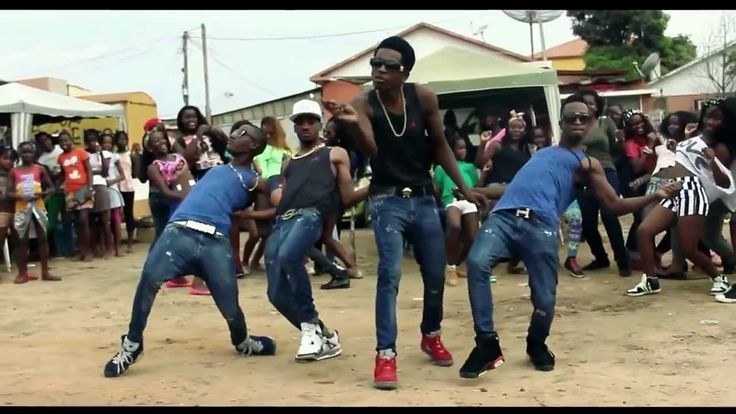 He further states that kuduro’s lyrics are disconnected words with no social message, inciting unbridled sex, and contributing to the spread of HIV. [17]
He further states that kuduro’s lyrics are disconnected words with no social message, inciting unbridled sex, and contributing to the spread of HIV. [17] [19]
[19]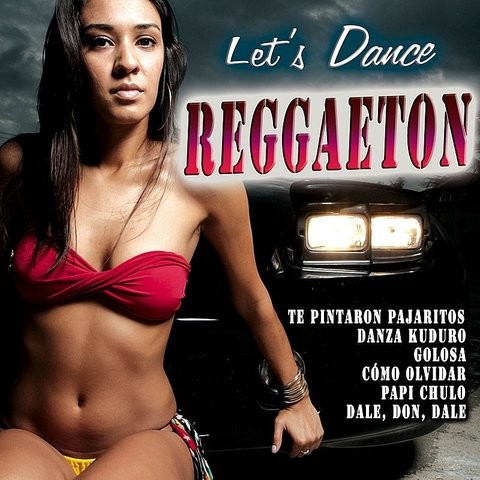 DJ Znobia, probably the most important kuduro producer, in discussing his reasons for being involved with kuduro, says that “All began with dance, I wanted to dance like Michael Jackson.” [21] That is also why Tony Amado emphasizes the fact that in kuduro the dance came before the music, or that Titica emphasizes the language, pointing out that even though foreign audiences do not understand Portuguese, they do understand the message of kuduro, and that “kuduro has a stronger dance connotation through dance and rhythm, kuduro is better able to portray our reality”. Many of the lyrics of kuduro are in fact instructions to dance, like Chão (“Floor”) [22], by Titica, or Bate o Pé (“Stamp Your Foot”) [23], by Propria Lixa and Limas do Swagg. In the title to this essay, I state that “dance conquers the city” because it is through dance that kuduristas claim their social and political space in the urban landscape of Luanda.
DJ Znobia, probably the most important kuduro producer, in discussing his reasons for being involved with kuduro, says that “All began with dance, I wanted to dance like Michael Jackson.” [21] That is also why Tony Amado emphasizes the fact that in kuduro the dance came before the music, or that Titica emphasizes the language, pointing out that even though foreign audiences do not understand Portuguese, they do understand the message of kuduro, and that “kuduro has a stronger dance connotation through dance and rhythm, kuduro is better able to portray our reality”. Many of the lyrics of kuduro are in fact instructions to dance, like Chão (“Floor”) [22], by Titica, or Bate o Pé (“Stamp Your Foot”) [23], by Propria Lixa and Limas do Swagg. In the title to this essay, I state that “dance conquers the city” because it is through dance that kuduristas claim their social and political space in the urban landscape of Luanda. ” Once again, it is through informal channels that kuduro gains a voice in Angola and outside of it. I will use some of these videos to analyze kuduro as a strong reading of political dance and to show how it is through dance that young people conquer their city. These videos are either produced by local artists, or are videos of kuduro aficionados filming their moves or some circle with people dancing.
” Once again, it is through informal channels that kuduro gains a voice in Angola and outside of it. I will use some of these videos to analyze kuduro as a strong reading of political dance and to show how it is through dance that young people conquer their city. These videos are either produced by local artists, or are videos of kuduro aficionados filming their moves or some circle with people dancing. The two policemen start running through the narrow alleys of the slum, apparently chasing some young kids from the neighborhood. These kids—part of Os Lambas—continue running away from the policemen until the policemen bump into a large and threatening man who is twice their size. One of the policemen, visibly nervous, says: “Boss, just one CD of Os Lambas. It’s hot . . . my daughter loves your music . . .”. The song then begins with Nagrelha, the lead singer, announcing the Demons of Sambizanga, who arrived in town to take away all vanity. The camera films him from above, slowly approaching him, giving the spectator the impression that s/he is landing in a new universe. Then there are a few closeups of Nagrelha in the middle of a crowd, giving him the dominating presence in the video, and the music begins. There are girls dancing in shorts, but the most accomplished movements come from the dancers of Os Lambas, and some movements like the one from a guy who sucks in air and shows his ribs as if starving, in order to capture the attention of the camera.
The two policemen start running through the narrow alleys of the slum, apparently chasing some young kids from the neighborhood. These kids—part of Os Lambas—continue running away from the policemen until the policemen bump into a large and threatening man who is twice their size. One of the policemen, visibly nervous, says: “Boss, just one CD of Os Lambas. It’s hot . . . my daughter loves your music . . .”. The song then begins with Nagrelha, the lead singer, announcing the Demons of Sambizanga, who arrived in town to take away all vanity. The camera films him from above, slowly approaching him, giving the spectator the impression that s/he is landing in a new universe. Then there are a few closeups of Nagrelha in the middle of a crowd, giving him the dominating presence in the video, and the music begins. There are girls dancing in shorts, but the most accomplished movements come from the dancers of Os Lambas, and some movements like the one from a guy who sucks in air and shows his ribs as if starving, in order to capture the attention of the camera. Everybody in the circle dances to the rhythm of the music. It is a collective event, where the crowd participates in the dance show. Even the two policemen dance to the rhythm, showing that the authority of kuduro is stronger than that of the police.
Everybody in the circle dances to the rhythm of the music. It is a collective event, where the crowd participates in the dance show. Even the two policemen dance to the rhythm, showing that the authority of kuduro is stronger than that of the police.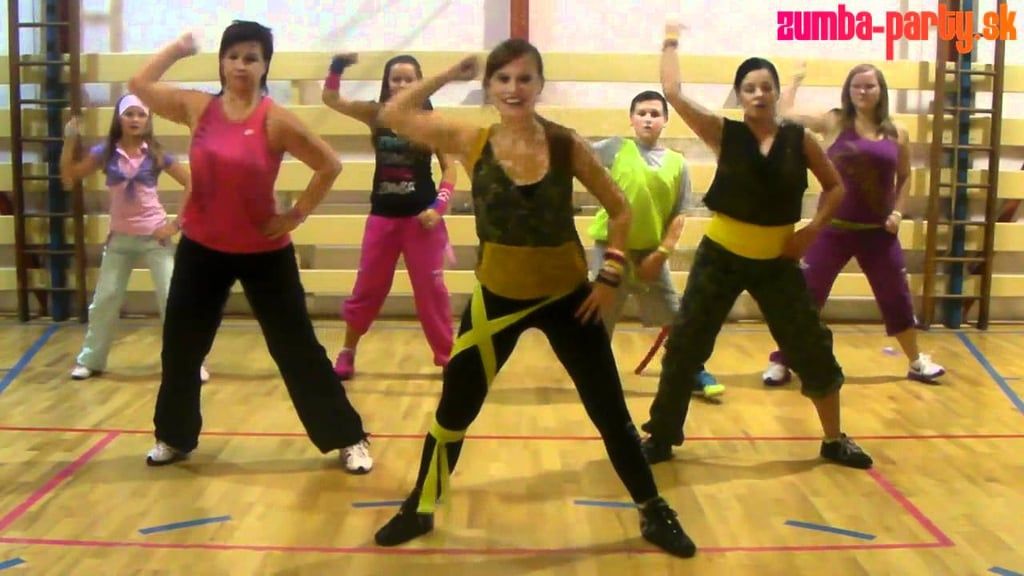 In fact, climbing buildings or cars became a recurrent image in kuduro videos. Dancers climb to the top of a building, or on top of cars, to show the virtuosity of their movements. In this climbing, they take ownership of urban buildings usually closed to them, and they show their dominance of the urban space with their bodies, therefore pointing to that conquering of the city through dance. Sobe was filmed in an alley in Sambizanga, where the band member Puto Amizade was shot dead. [30] The song begins with Nagrelha saying “If the bullet doesn’t kill you, he who shot it will. Up!” The zinc and wood houses are painted with the Rastafarian colors, invoking the unity of African diasporas. [31] This time the large crowds only appear at the end of the video, cramped in the alley, but singing “sobe” with Os Lambas. This video pays much more attention to the virtuosity of the dance moves than Comboio did. A dancer climbs the wall, another one hangs on the back of another dancer as if he was a backpack.
In fact, climbing buildings or cars became a recurrent image in kuduro videos. Dancers climb to the top of a building, or on top of cars, to show the virtuosity of their movements. In this climbing, they take ownership of urban buildings usually closed to them, and they show their dominance of the urban space with their bodies, therefore pointing to that conquering of the city through dance. Sobe was filmed in an alley in Sambizanga, where the band member Puto Amizade was shot dead. [30] The song begins with Nagrelha saying “If the bullet doesn’t kill you, he who shot it will. Up!” The zinc and wood houses are painted with the Rastafarian colors, invoking the unity of African diasporas. [31] This time the large crowds only appear at the end of the video, cramped in the alley, but singing “sobe” with Os Lambas. This video pays much more attention to the virtuosity of the dance moves than Comboio did. A dancer climbs the wall, another one hangs on the back of another dancer as if he was a backpack. Some guys appear in the alley and immediately join the dance, pointing to the openness of the dance. While Nagrelha sings, we see some legs hanging from a guy sitting on the rooftop of one of the buildings. In this song and others, Os Lambas claim to be the “Estado Maior” (Joint Staff of the Armed Forces) of Sambizanga, occupying the space that the state left unoccupied due to its negligence regarding most people who live in the musseques.
Some guys appear in the alley and immediately join the dance, pointing to the openness of the dance. While Nagrelha sings, we see some legs hanging from a guy sitting on the rooftop of one of the buildings. In this song and others, Os Lambas claim to be the “Estado Maior” (Joint Staff of the Armed Forces) of Sambizanga, occupying the space that the state left unoccupied due to its negligence regarding most people who live in the musseques. In this video, there are also scenes of dancers performing on a rooftop, where we can see other buildings in the background. The video begins with Bruno entering a downtrodden building and unlocking a door covered in graffiti, behind which he finds a dusty mixing table covered by a black cloth. He presses the tab of the computer and the beat starts, unlocking images of the city from the rooftops of Luanda. The first images are high-angle shots, reinforcing the ownership of the city by the kudurista.
In this video, there are also scenes of dancers performing on a rooftop, where we can see other buildings in the background. The video begins with Bruno entering a downtrodden building and unlocking a door covered in graffiti, behind which he finds a dusty mixing table covered by a black cloth. He presses the tab of the computer and the beat starts, unlocking images of the city from the rooftops of Luanda. The first images are high-angle shots, reinforcing the ownership of the city by the kudurista.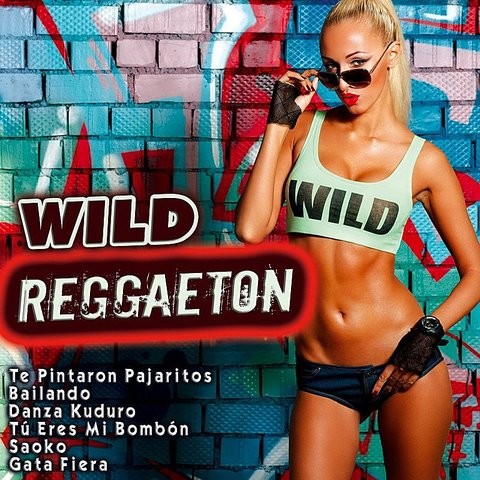 Car culture is big in Luanda, and expensive cars signal the social status of their owners. But cars can also be transformed into discourse, as Kristin Ross noted. In her book Fast Cars, Clean Bodies, Ross points out that “At the other end of the spectrum of the car’s functions from the mundane, daily commute, lies the phenomenology of pure speed [. . .]. Going fast [. . .] has the effect of propelling the driver off the calendar, out of one’s own personal and affective history, and out of time itself.” [34] If cars speeding is a common image of power, in most kuduro videos we have the opposite: the cars are either stopped or slowly moving in a traffic jam.
Car culture is big in Luanda, and expensive cars signal the social status of their owners. But cars can also be transformed into discourse, as Kristin Ross noted. In her book Fast Cars, Clean Bodies, Ross points out that “At the other end of the spectrum of the car’s functions from the mundane, daily commute, lies the phenomenology of pure speed [. . .]. Going fast [. . .] has the effect of propelling the driver off the calendar, out of one’s own personal and affective history, and out of time itself.” [34] If cars speeding is a common image of power, in most kuduro videos we have the opposite: the cars are either stopped or slowly moving in a traffic jam. In this video, different dancers perform by a stop sign, pointing again to the dance that stops the city and at the same time that moves it through its steps. In the documentary Buraka Som Sistema: Off the Beaten Track (João Pedro Moreira, 2013), [35] there is a scene in which kudurista Bruno Estrada is dancing in a musseque street, and forces to a stop a car that tries to pass, dancing in front of it for a few seconds. Kuduro stops the car and stops the people who gather in circles to watch the kuduristas. Kuduro gives voice to the marginalized caluandas, empowering them to take over the streets, and to become visible and claim their space in the city—and in society—through dance.
In this video, different dancers perform by a stop sign, pointing again to the dance that stops the city and at the same time that moves it through its steps. In the documentary Buraka Som Sistema: Off the Beaten Track (João Pedro Moreira, 2013), [35] there is a scene in which kudurista Bruno Estrada is dancing in a musseque street, and forces to a stop a car that tries to pass, dancing in front of it for a few seconds. Kuduro stops the car and stops the people who gather in circles to watch the kuduristas. Kuduro gives voice to the marginalized caluandas, empowering them to take over the streets, and to become visible and claim their space in the city—and in society—through dance. Since an early age that they teach us to sing Velha Chica, by Waldemar Bastos, making us repeat like a prayer the verses ‘Hey kid, don’t talk politics’, an anthem of my generation”. [36] Speaking about politics was never easy in Angola. Dana Mills, in her analysis of the South African Gumboot dance, notes that when oppressed groups are not allowed to use verbal language to communicate their oppression, they can use dance as an alternative language to express themselves. She argues that the use of dance as a language is in itself subversive because it gives voice to those that society has rendered voiceless. [37] Music too can be transgressive in itself, and the beat of kuduro does carry high doses of subversiveness. Epalanga describes the beat of kuduro, emphasizing this disruptiveness:
Since an early age that they teach us to sing Velha Chica, by Waldemar Bastos, making us repeat like a prayer the verses ‘Hey kid, don’t talk politics’, an anthem of my generation”. [36] Speaking about politics was never easy in Angola. Dana Mills, in her analysis of the South African Gumboot dance, notes that when oppressed groups are not allowed to use verbal language to communicate their oppression, they can use dance as an alternative language to express themselves. She argues that the use of dance as a language is in itself subversive because it gives voice to those that society has rendered voiceless. [37] Music too can be transgressive in itself, and the beat of kuduro does carry high doses of subversiveness. Epalanga describes the beat of kuduro, emphasizing this disruptiveness: It was to play on the Internet via YouTube, in the candongueiros, the open windows, [and] back yard parties [. . .].
It was to play on the Internet via YouTube, in the candongueiros, the open windows, [and] back yard parties [. . .]. These citizens in turn occupy the city with their moves, and re-claim the space that was denied to them.
These citizens in turn occupy the city with their moves, and re-claim the space that was denied to them. Some kuduristas, like Nagrelha, also became very rich and popular, and became close to the Presidential family. [40] Mills acknowledges that even when dance is political and subversive, power appropriates it and uses it to oppress the same people that created it: “The politics of dance here treads the boundary between resistance and appropriation; subversion and affirmation.” [41] She also notes that any language has both oppressive and emancipatory characteristics, and when dance creates a language—like kuduro did—it always contains both elements.
Some kuduristas, like Nagrelha, also became very rich and popular, and became close to the Presidential family. [40] Mills acknowledges that even when dance is political and subversive, power appropriates it and uses it to oppress the same people that created it: “The politics of dance here treads the boundary between resistance and appropriation; subversion and affirmation.” [41] She also notes that any language has both oppressive and emancipatory characteristics, and when dance creates a language—like kuduro did—it always contains both elements. Kuduro might be the most important cultural revolution in Angola since independence, crossing borders and becoming popular all over the world.
Kuduro might be the most important cultural revolution in Angola since independence, crossing borders and becoming popular all over the world.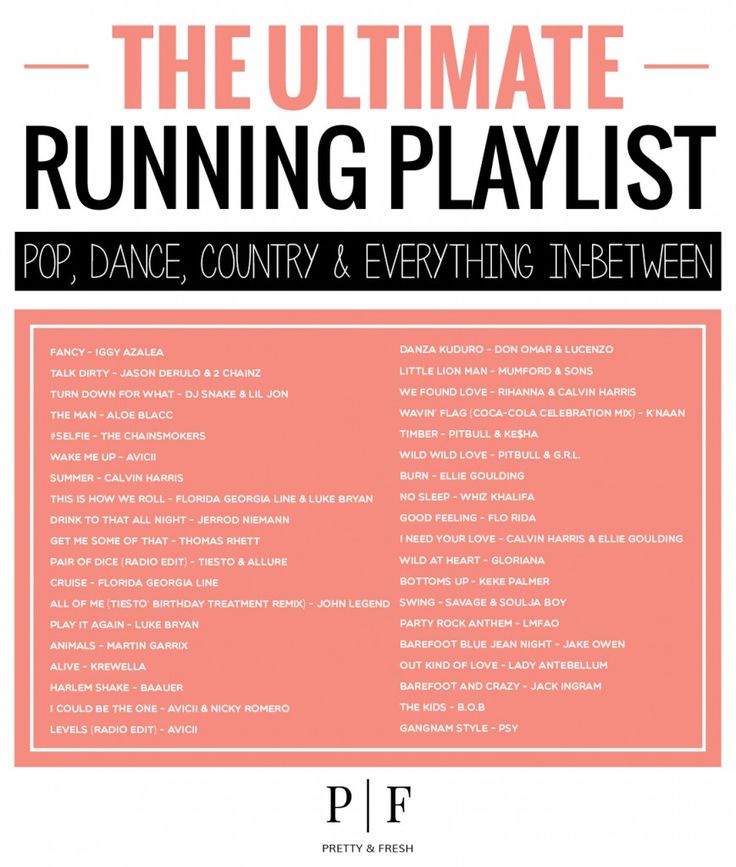 Her next research project will focus on the representation of urban spaces in the contemporary lusophone context, with a focus on how marginalized communities represent themselves and claim their space in the city through art. Her recent publications include “Modernidade e tradição no contexto colonial português: O Zé do burro, uma comédia à portuguesa em Moçambique,” (“Modernity and Tradition in the Portuguese Colonial Context: O Zé do burro, a Portuguese Comedy”) in A Colecção Colonial da Cinemateca. Campo, contracampo, fora-de-campo, edited by Maria do Carmo Piçarra.
Her next research project will focus on the representation of urban spaces in the contemporary lusophone context, with a focus on how marginalized communities represent themselves and claim their space in the city through art. Her recent publications include “Modernidade e tradição no contexto colonial português: O Zé do burro, uma comédia à portuguesa em Moçambique,” (“Modernity and Tradition in the Portuguese Colonial Context: O Zé do burro, a Portuguese Comedy”) in A Colecção Colonial da Cinemateca. Campo, contracampo, fora-de-campo, edited by Maria do Carmo Piçarra.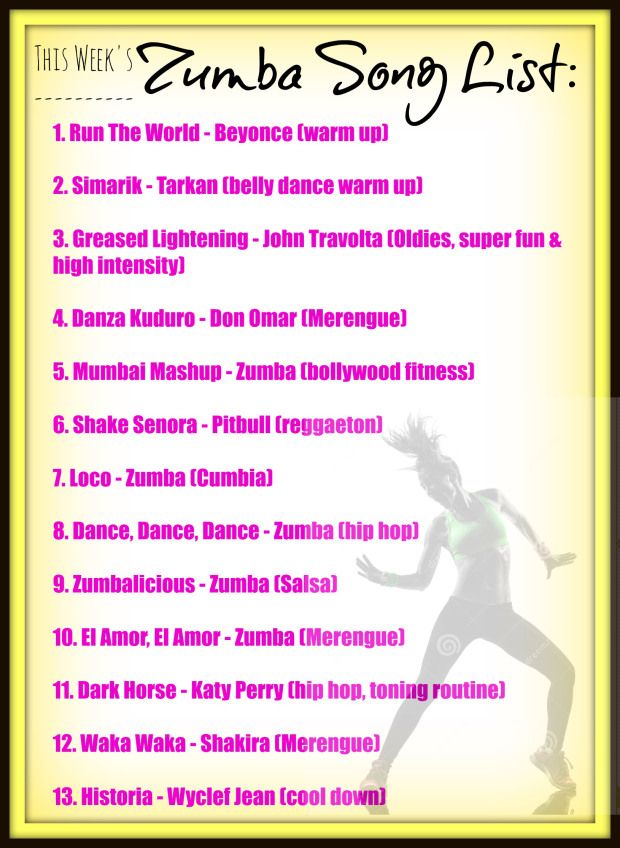 Therefore, the interview is likely from the late 1990s or early 2000s. “A História do Kuduro: Tony Amado” (Accessed April 15, 2020). https://www.youtube.com/watch?v=zkdXDbRLAns
Therefore, the interview is likely from the late 1990s or early 2000s. “A História do Kuduro: Tony Amado” (Accessed April 15, 2020). https://www.youtube.com/watch?v=zkdXDbRLAns B. Tauris, 2019), pp. 58.
B. Tauris, 2019), pp. 58.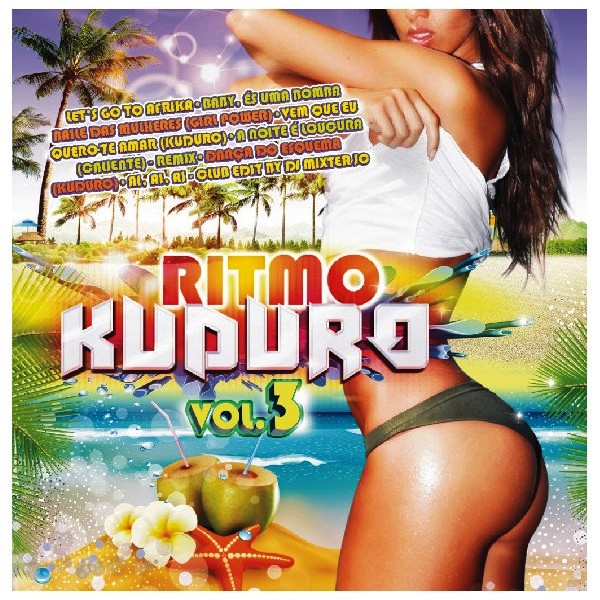 99.
99.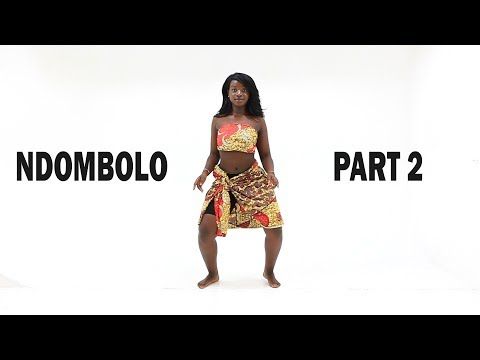 19.
19.

